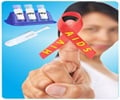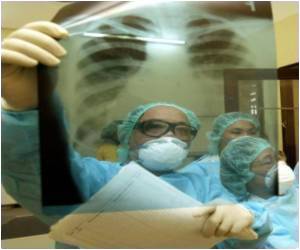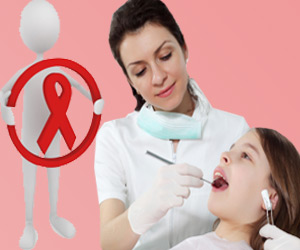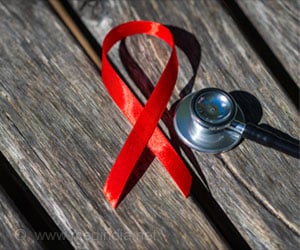AIDS-related deaths are falling as ramped-up treatment begins to have an impact, says agency.

New data indicate that drive is working. The disease will be responsible for 32 percent of all deaths this year.
While still high, that is a dramatic fall from 48 percent in 2005.
"Medicine has advanced and people are living with HIV and AIDS," statistician-general Pali Lehohla told AFP, unveiling data that point to a dramatic drop in AIDS-related deaths.
Average life expectancy has also increased to 59.6 years, from just 51.6 in 2005.
But the scale of the problem is huge, with 5.3 million people living with HIV out of a population of nearly 53 million.
The country's population growth rate is just over one percent.
Source-AFP
 MEDINDIA
MEDINDIA




 Email
Email




